According to the research published by LP Information in 2019, the global market for medical second opinions is expected to skyrocket to more than $7 billion by 2024 from $2.7 billion in 2019. The research also shows that the US has the largest consumption market share, amounting to 41%. For you as a healthcare provider, this means that building a virtual medical second opinion platform is one of the most forward-looking investments you can make today.
At Demigos, we have enough tech and industry expertise to build secure and scalable healthcare software like medical second opinion platform. Healthcare solutions built by our team have helped numerous medical organizations improve patient care and generate more revenue.
In this article, we’ll show you how to make online medical second opinion software that healthcare providers and patients will want to use. More importantly, we’ll tell you how to avoid the largest pitfalls many providers fall into during development based on our experience.
Benefits of developing a virtual second opinion program

A virtual medical second opinion is a category of telehealth services that allows patients to access medical consultation on their health issues, diagnoses, or treatment plans from a healthcare professional other than their current doctor.
Why should healthcare organizations build a virtual medical second opinion program? Let’s review the main benefits the implementation of this solution may bring to the table.
Improving the quality of medical care
Up to 80,000 US patients get injured or die each year due to medical errors. The more dangerous the illness, the more harm the diagnostic mistake can cause. For example, roughly 5% of patients with missed vascular events, cancers, and infections are left permanently disabled or die because of misdiagnoses.
It’s quite common to get an entirely different diagnosis or plan change after a re-examination. So it’s no wonder people often seek alternative opinions on their medical conditions.
Some clinics report an astounding 87% of diagnosis corrections after second opinions (doctors giving a second opinion redefined 66% of diagnoses and gave a new diagnosis to 21% of patients). Additionally, a 2018 National Cancer Institute study found that 43% of breast cancer patients had a diagnosis change after a second opinion.
But finding medical professionals can be quite challenging, especially for patients in rural areas. The pandemic has created additional obstacles — many patients avoid visiting healthcare facilities, viewing them as unsafe. A virtual second opinion program solves all these problems.
Medical second opinion software improves the quality of treatment by connecting patients with medical professionals across the country. With more perspectives from medical experts, diagnosis accuracy can be significantly improved. Consequently, patients will have higher chances of getting the correct treatment and positive medical outcomes.
Making medical care more accessible
Rural areas in the US have a high professional shortage rate, which creates potential barriers to quality healthcare access to millions of rural residents. This means that different types of telemedicine software, including virtual second opinion solutions, can be the only option for these people to get appropriate care. So, virtual medical second opinion solutions make quality care more accessible despite the lack of local medical professionals.
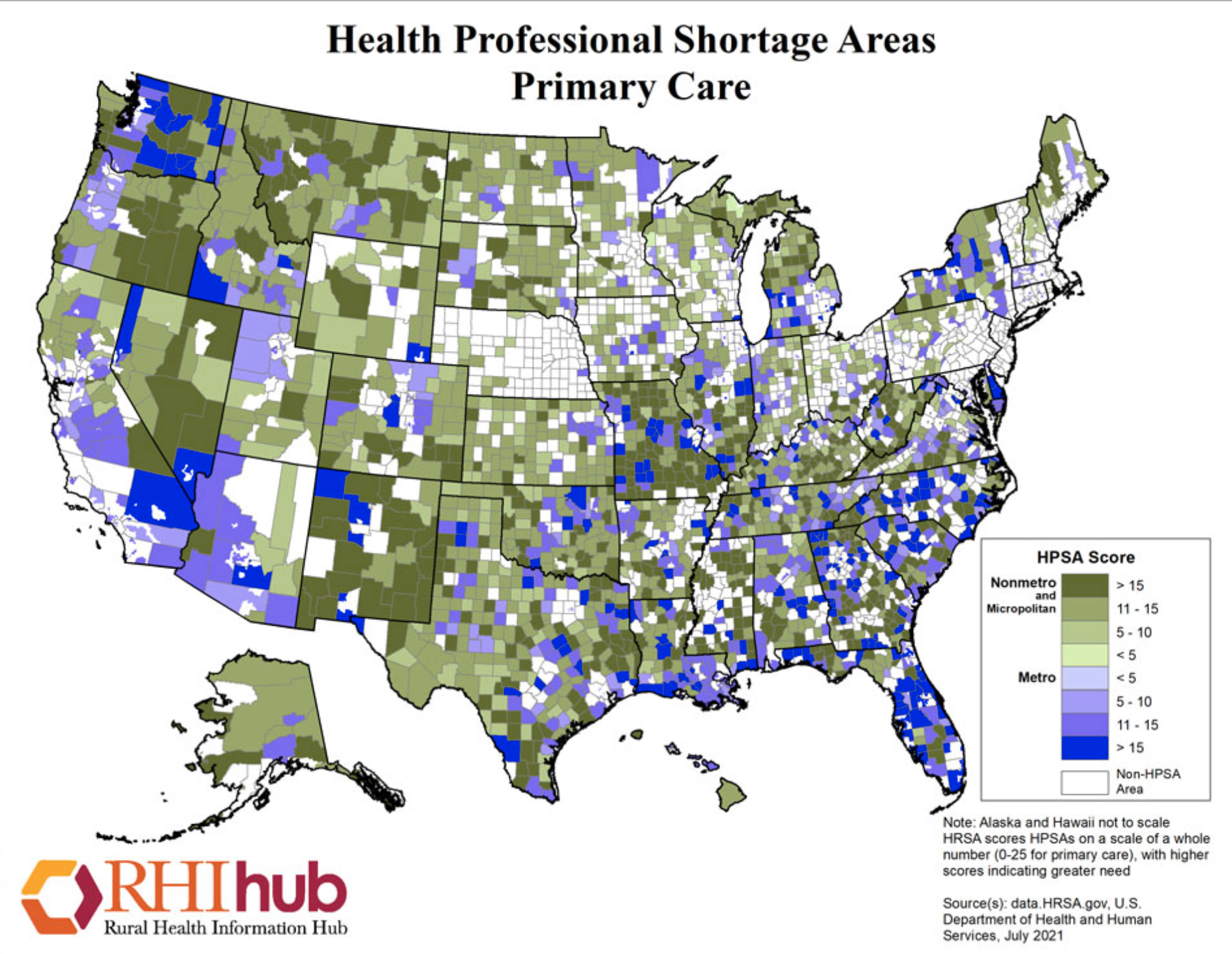
Streamlining data exchange
Developing a virtual second opinion program and connecting your healthcare facility with other organizations allows hospitals to streamline data exchange and helps doctors make more informed medical decisions.
Timely diagnosis is one of the fundamental principles of quality healthcare. However, much of the time, doctors providing second opinion services have to wait for other facilities to send the patient’s medical records. In the meantime, the symptoms often persist or worsen.
Medical second opinion software can integrate with other electronic health records (EHRs) and electronic medical records (EMRs) to streamline medical data transfer between facilities and organizations. As a result, doctors will get sufficient medical data much faster.
Getting an additional revenue stream
If you decide to build a medical second opinion app, you’ll get financial benefits as well. Providing remote virtual opinions with a streamlined document-sharing process and telehealth tools takes less time than in-person examinations.
Let’s take the example of second opinion consultations for spine surgeries. According to the 2020 Surg Neurol study, the average time for an online second option is 14 days compared to 19 days with in-person visits. Along with the high demand and accessibility of remote medical care, this gives a huge revenue potential for healthcare facilities.
Now, let’s come back to earth to talk about the practical process of building a virtual medical second opinion platform — the less pleasant, more bureaucratic side of remote healthcare software.
Main healthcare regulations to pay attention to
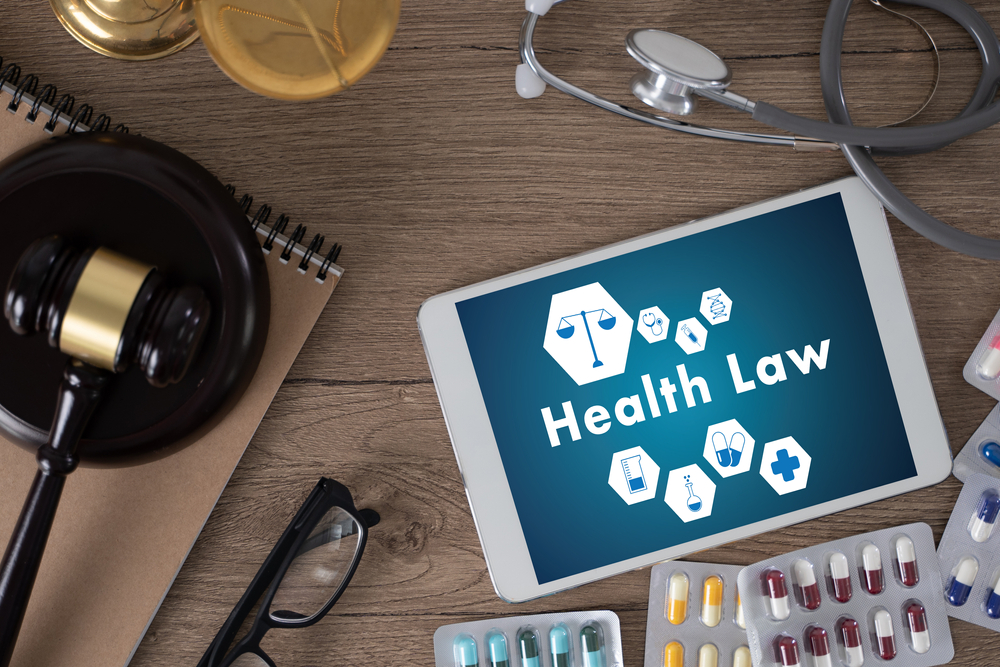
US hospitals and healthcare systems must comply with over 600 federal requirements and a fair share of state and municipal-level laws. Let’s focus on the primary regulations you’ll need for your virtual medical second opinion system.
HIPAA
The Health Insurance Portability and Accountability Act (HIPAA) is a federal law governing the privacy and security of protected health information (PHI). PHI covers identifiable patient data: name, date of birth, medical history, etc.
All healthcare providers must comply with HIPAA’s Privacy and Security Rules. Medical software must implement technical safeguards, such as role-based access control, monitoring tools, and secure data sharing technologies.
Failure to follow HIPAA rules may lead to severe fines of up to $1.5 million per year. In some cases, infringements could even lead to criminal charges.
HITECH
The Health Information Technology for Economic and Clinical Act (HITECH) is a federal law focused on promoting the implementation of EHRs and the security protection of healthcare data. This act also tightened up the health information terminology in the original HIPAA. So, you need to study it to ensure your software is compliant.
FFDCA
The Federal Food, Drug, and Cosmetic Act (FFDCA) governs the use of medical products and devices. More importantly, it requires every medical device to get certification with the US Food and Drug Administration (FDA).
All healthcare services and data delivered via mobile applications fall under the FDA’s definition of “medical devices.” This means you must follow the FFDCA and get FDA certification to launch online second opinion, telehealth, or remote patient monitoring products.
ISO 27001 and ISO 27002
ISO 27001 and ISO 27002 are not regulations but international information security standards. They aim to improve information security, risk assessment, and data integrity. By following these standards, a development team can improve the technical safeguards of your virtual medical second opinion platform and, consequently, help you comply with HIPAA’s Security Rule.
Based on your target audience, other laws and standards may be applicable to your solution. For example, you need to adhere to the General Data Protection Regulation (GDPR) to provide second opinion services for European Union residents. For the United Kingdom, you’ll have to comply with UK-GDPR. And the list goes on.
To ensure you meet all legal requirements, you can invest in custom healthtech compliance software.
Now, let’s talk about the platform’s functionality.
Must-have virtual medical second opinion platform features

Virtual medical second opinion platforms have two categories of users: medical practitioners (doctors, consultants, nurses) and patients. Both user categories are looking for a feature-rich platform that’s also easy to use.
So, what features can make your future software more convenient and helpful for patients and healthcare providers?
Document management
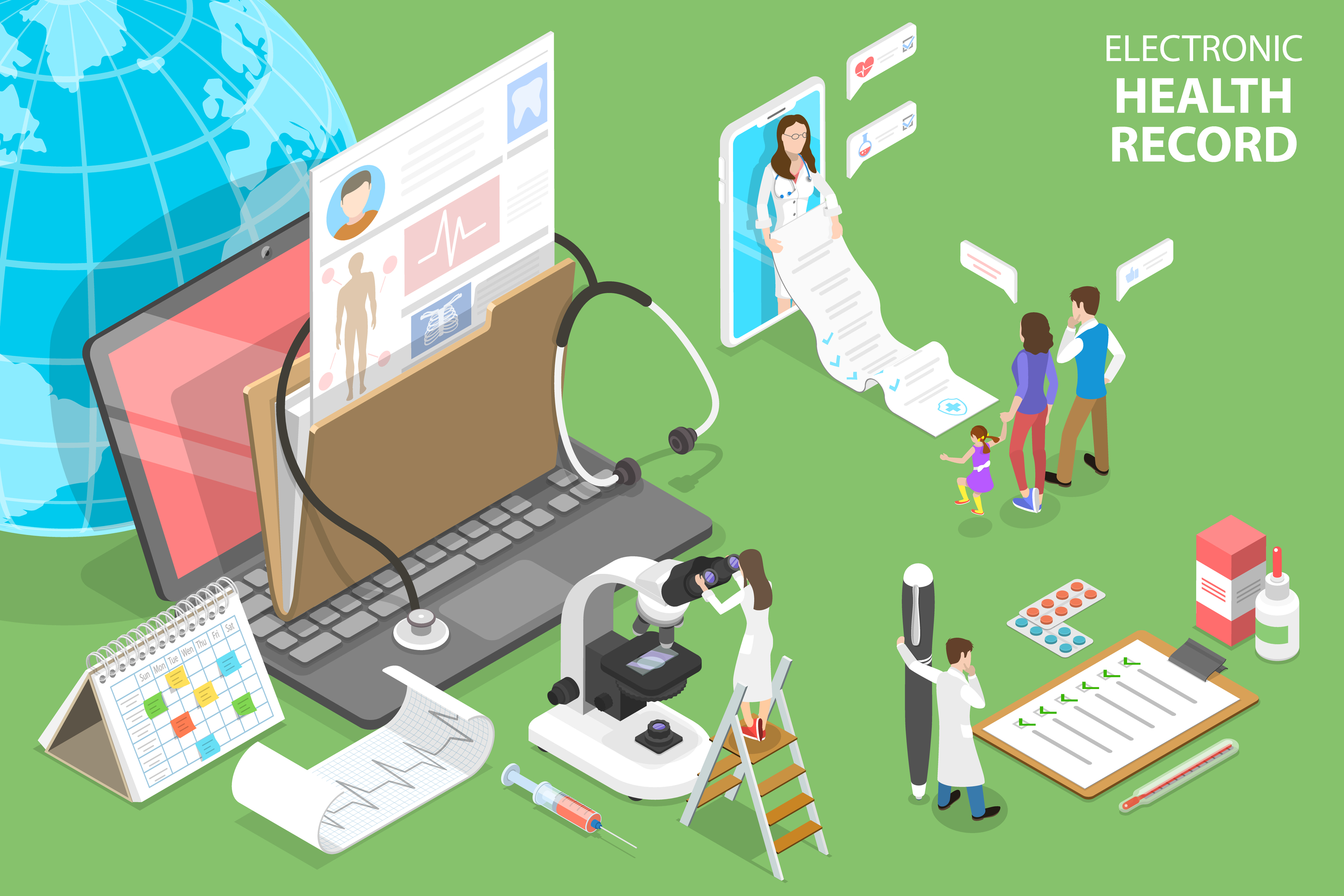
Second opinion software deals with a large number of medical records, clinical documents, payment data, images, and recordings. Every patient uploads files for examinations, which are then sent to the appointed health specialists.
That’s why you should focus on document management during the virtual second opinion program development. Some of the functionality you might need to include:
-
Uploading documents in batches
-
Ability to display certificates and licenses for healthcare specialists
-
Shared viewing of documents for cases that require multiple specialists
-
Scheduling tools
-
Text recognition
-
Auto-filling options
-
Support for large file sizes and multiple formats, including images and videos
A provider and patient portal for image sharing is essential for virtual second platforms. Text descriptions tell only a part of the patient’s health story, and images often bridge the gaps. Make sure your platform supports multiple image formats. Then, go a step further and add automatic file size and format conversion.
Medical service selection
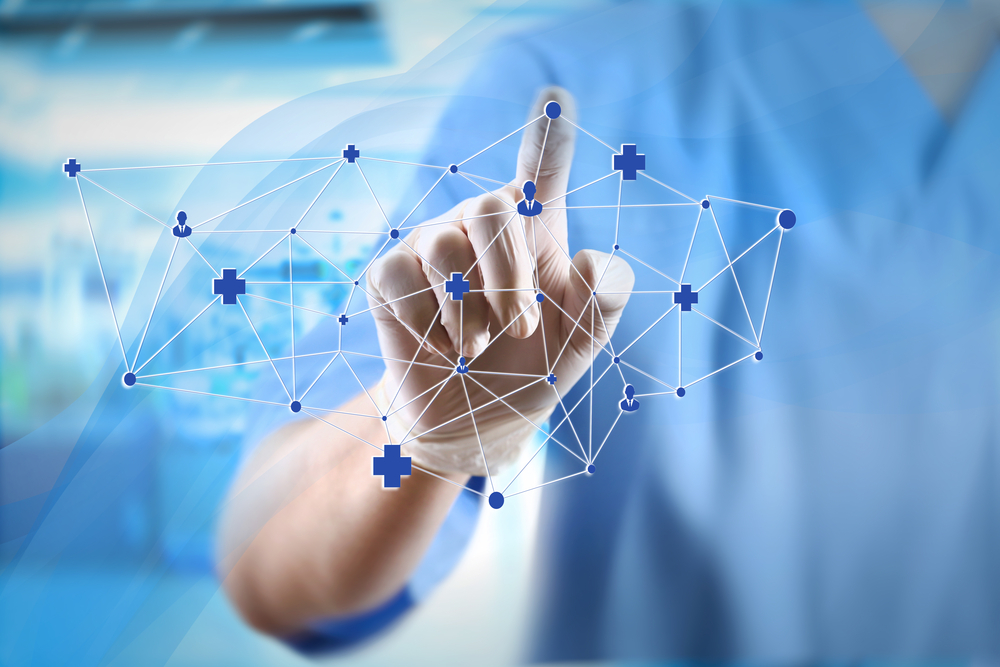
Complex cases might require reviews by multiple experts in different fields. Plus, some patients want to get a medical board opinion regardless of their condition’s complexity. That’s why allowing patients to select a service type from the get-go makes the process much more convenient for all parties involved.
Videoconferencing

Videoconferencing is the most effective method of remote communication since it allows doctors to examine a patient’s visible medical conditions in addition to asking them questions. For example, medical professionals can inspect symptoms, wounds, incisions, and skin rashes. Doctors can even assess a patient’s respiratory efforts and other vital signs remotely with simple instructions.
Plus, medical professionals performing virtual second opinions and other forms of telehealth will benefit from recording functionality. Doctors might want to study a video again after an interview or show it to the medical board for review. Your software should also allow adding the recorded files to EHRs for easier sharing between healthcare professionals and different facilities.
Scheduling tools

When developing a virtual second opinion program, you should allow patients to choose a convenient time and schedule appointments to make the user experience as convenient as possible. To ensure no one forgets about an upcoming visit, you can integrate your platform with patient engagement software or third-party calendar apps. Alternatively, you can add automatic reminders or push notifications to your virtual second opinion solution.
Payment system

Your virtual second opinion platform should integrate with a seamless, secure payment gateway (e.g., PayPal, Stripe, or Braintree) and credit card processing to allow patients to pay for your services online. On top of that, your software should be able to track payments and other billing information about second opinion appointments. It’s wise to include insurance verification tools to help clients determine if their insurer covers a virtual visit.
Knowledge base and support portal
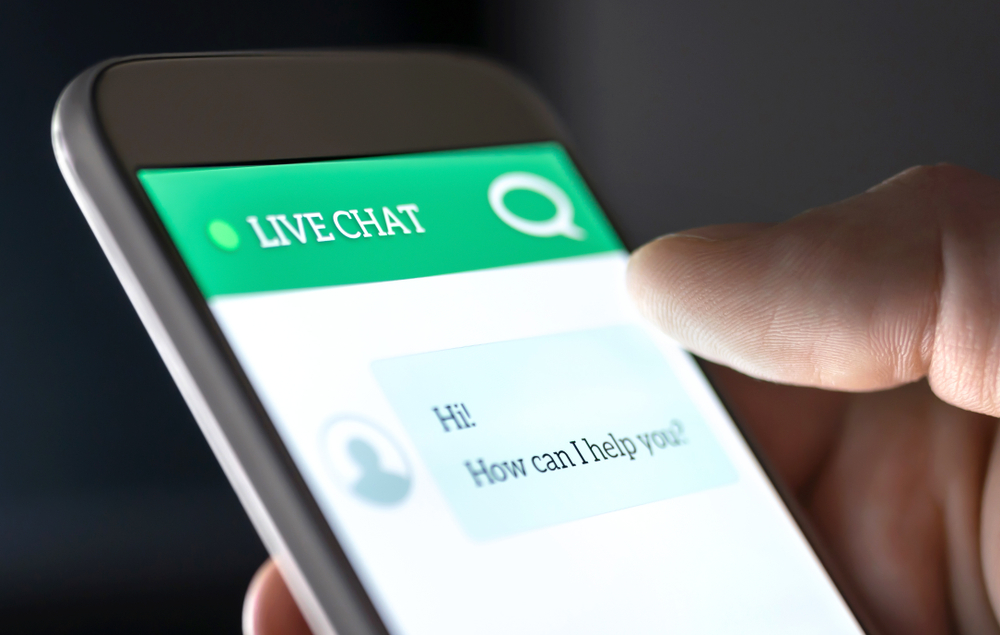
There’s some information your patients will want to know upfront: the range of services, payment rates, delivery time, and insurance coverage. That’s why your platform should have a section with important information and frequently asked questions (FAQs).
Some patients might also have trouble navigating your website or mobile app. You can help them by adding a knowledge repository with helpful guides and tutorials. Additionally, make sure to include practical tools to deal with user requests (live chat support, AI-powered chatbots for low-priority requests, and ticket management tools).
Besides, remote second opinion platforms should integrate with other software systems via application programming interfaces (APIs). Ideally, a virtual second opinion service should work with EHR (EMR) platforms to move data between medical solutions in different facilities or organizations. This level of flexibility requires an appropriate tech stack and adherence to healthcare data exchange standards.
Also, you should strive to make an online medical second opinion platform as intuitive as possible, especially for patients. Best case scenario: the user should be able to initiate an examination, upload documents, use videoconferencing, and download a diagnosis using only their smartphone. On the other side, the specialists should be able to navigate through documents, work with the patient’s primary health provider, and publish a second opinion without hassle.
What technologies do you need to build such software?
Tech stack for medical second opinion app development

Building software for healthcare, be it data EHR platforms, websites, or mobile applications, requires a reliable tech stack. Here are the technologies we prefer for our projects.
Python
Python is an object-oriented, high-level dynamic programming language for websites, desktop apps, and data analytics systems. This language can be used with web development frameworks, such as Django and Flask, that allow building highly scalable solutions like Wendy’s Team, a platform that we built for our client.
React
React combines JavaScript speed with new web rendering technologies, resulting in a responsive and engaging user interface. Programmers can work with and reuse code components directly to save time. The component isolation and downward data binding ensure that changes don’t affect other code elements. In other words, the code made in React is stable.
React Native
React Native is an open-source mobile app development framework based on JavaScript and React. This framework has a modular architecture, which means developers can work and add software modules to the app incrementally. Code changes instantly apply to the app without restarting it, allowing developers to work more efficiently.
Demigos keeps pace with the latest trends and practices. To see how we use this stack in software development, read our GapNurse case study—a powerful matchmaking platform for healthcare facilities, doctors, and nurses.
But, unfortunately, the relevant technologies and skilled engineers are not enough for a successful project. Health software needs industry-specific experience, as you’ll see from the challenges surrounding implementation and development.
Challenges of medical second opinion app development and implementation

You’re bound to face certain obstacles before and after development. Let’s focus on the most common challenges and how you can overcome them.
Privacy protection and cybersecurity
Healthcare providers are responsible for the data of every user who submits medical and personally identifiable information through their portals. That’s a lot of risks, considering the alarming number of data breaches in healthcare in 2020 alone.
Here’s how you can keep your virtual platform secure.
-
Follow key regulations for healthcare software (described above). Pay particular attention to HIPAA’s EDI Rule, which includes data specifications for sharing PHI.
-
Encrypt your databases and servers. Encryption converts your files into an unreadable format accessible only with a security key to prevent hackers from reading stolen data.
-
Create backup data solutions. Recovery mechanisms can recover data corrupted by server crashes and hard drive failures or files made inaccessible by ransomware.
-
Use advanced security mechanisms. Access logging tools, multi-factor authentication, and role-based access control go a long way to protect you against breaches.
To see how you can enhance your platform’s security, check out our article about data breach prevention.
Insurance and reimbursement
Local policies limit insurance for a remote second opinion and other telehealth services. Because of this, many healthcare providers are ineligible for reimbursement or have lower rates than in-person visits.
You can’t change the regulatory landscape, but you can learn how to exist in it and maximize your reimbursement. Here’s what we recommend:
-
Review your local regulatory landscape for virtual visits, telehealth, and second opinions
-
Consider the metrics insurers use to calculate reimbursement rates and focus on them as you create a virtual medical second opinion system
-
Encourage patients to check their insurance and coverage for virtual second opinions (the Flexible Spending Account and Health Savings Account might cover the costs)
-
Use insurance and reimbursement validation tools for different types of second opinion diagnoses (inside the app or on the website)
The reimbursement policies across the US are called one of the significant challenges of the near future. But there are some positive shifts in this area, and, we believe, this progress will continue to be made.
Adoption of virtual solutions
Some healthcare providers and categories of patients have trouble adapting to remote healthcare, including virtual second opinions. Not every patient has adequate broadband for video conference sessions. Almost 35 million US citizens lack internet access altogether. About 25% of the elderly (65 years and older) don’t go online at all.
Seniors who have access to technology often lack digital skills to register an account or use a smartphone for a video call. One of the possible ways to overcome this issue is to develop AgeTech software designed around the needs of senior care companies and elderly patients.
Interoperability of health systems
About 58% of healthcare providers have trouble integrating remote health tools into their health systems because of outdated legacy systems. This problem is more complex and requires interoperability optimization.
Interoperability makes an online medical second opinion platform compatible with different software modules and systems. It’s vital to efficiently collect and share patient health data between facilities, medical devices, and individual practitioners.
With so many things to consider and policies to abide by, it might be a good idea to develop a medical second opinion platform in tandem with an experienced software company.
What’s the next step?
A virtual second opinion platform can move you into the growing market of remote health services. The right software can improve the quality of your medical services, streamline information turnaround, and help you reach patients in different parts of the country.
But building a virtual medical second opinion platform isn't easy. Companies need to understand their audience to make the platform attractive for healthcare providers and patients. Plus, your developers should use relevant tech stacks and comply with federal and local regulations. That’s why anyone can benefit from the help of an experienced technical partner.
Demigos can help you build a virtual medical second opinion platform that meets all regulatory requirements and industry standards. Eager to start? Get in touch now to discuss the details!






